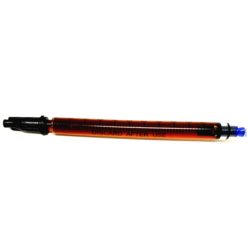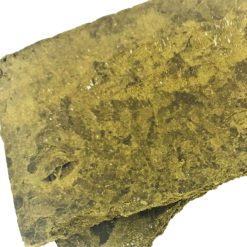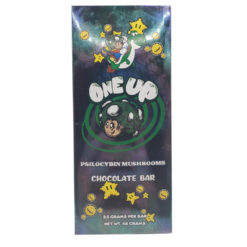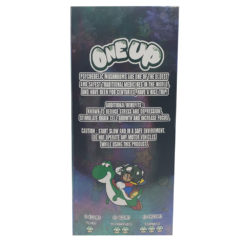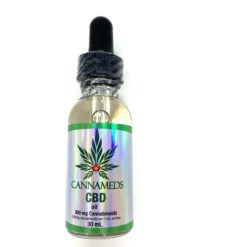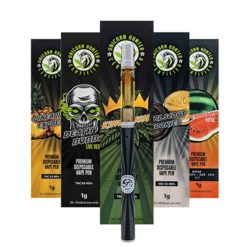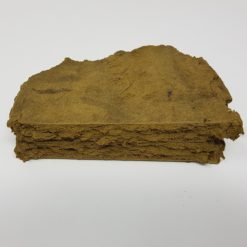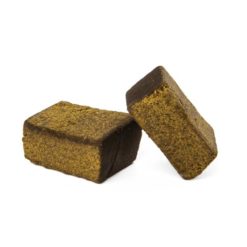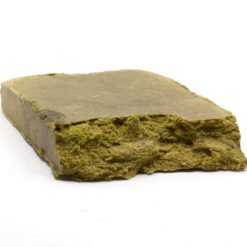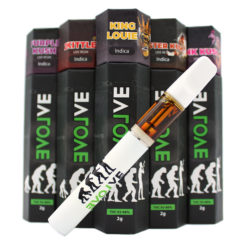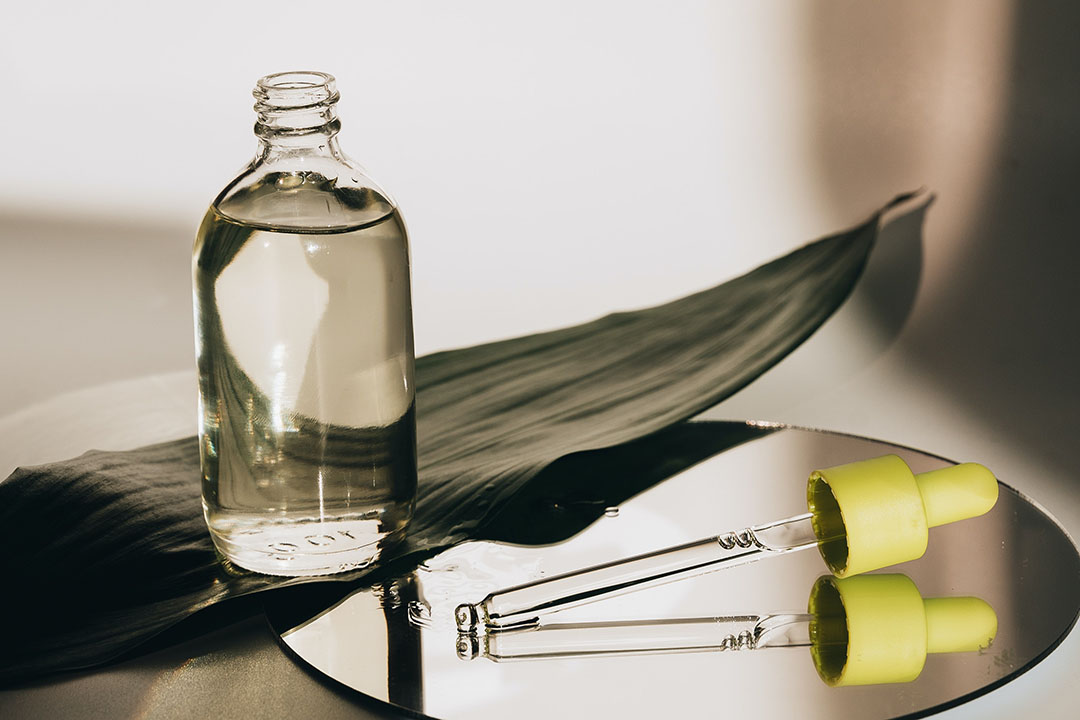With legalization came an explosion of new avenues for cannabinoid delivery systems, and even more research into the overall bio-availability of the products currently on the market. Enter Nano-CBD. One of the newest delivery systems to hit the cannabis market in recent years. There are many claims about nano CBD making their way through the market. There are a number of claims about nano-CBD, but which claims are true?
Although research is still limited, we’ve done our best to answer some of the general questions about nano-CBD for you in the form of a targeted FAQ. We hope the following information helps!
What is Nano-CBD?
Nano-CBD is either a full spectrum, broad spectrum, or isolated CBD product that has been put through a process which diminishes the size of CBD particles. In order for a product to be called “nano” it is ideal for the particles to measure 100nm in size or less – otherwise, this may not meet the criteria of the title.
There are 2 primary ways currently used on the consumer market to achieve the desired particle size which include the following.
- Ultrasonic (using sound vibrations to break down clumps of particles)
- Surfactants (surface-active-agent) which, in the case of CBD extraction, are biological compounds that reduce the surface tension of gases, liquids and solids
Through these processes, CBD particles can be reduced in size.
There is a common mistake made in the understanding of what nano-CBD is. To clarify, CBD molecules themselves are not broken down in this process. What happens when producing nano-CBD is that clumps of CBD molecules are broken apart which makes each individual molecule easier to absorb as it is surrounded by the absorption tissue, rather than other CBD molecules which may otherwise be in the way.
Is Nano CBD more easily absorbed?
The short answer is yes, but it gets a little more complicated afterward. There is dispute in the industry between the verified studies regarding the uptake of nano CBD and how it compares to standard oral intake such as tinctures or CBD edibles. Some reports suggest an upwards of 14x faster uptake of nano-CBD, others suggest 4x faster uptake vs conventional CBD oral products. There are benefits to more rapid absorption of these finer particles. The rapid uptake potentially results in more accurate and rapid dosing, which could one day lead to nano-CBD products being of more medical benefit than conventional oral products such as oils. That being said, the truth is, we don’t have enough data in clinical studies outside of lab rats to know what the true benefits are as of yet.
One thing we do know is that the uptake is indeed faster, and that average potency is roughly 2x that of traditional forms of CBD. The flip side to this is that there is also a faster metabolization of the particles, meaning Nano CBD may not be present in the body as long as traditional CBD oral. Once again there is not yet enough data to know if this is the case or not.
Note – A primary biological process that affects traditional oral CBD products is called the Onset of Action Factor. This factor is the measurement of a drug – or anything really -’s uptake into the cells of the body outside of the digestive tract. Because the digestive tract is so powerful in breaking things down, a significant amount of medicines and compounds are destroyed before they ever enter the body (the digestive tract is clinically defined as being “outside of the body”). Because of this factor, oral CBD tinctures or edibles that are swallowed rather than allowed to dissolve in the mouth, only reach a total potency of between 5%-7% of the listed potency on the label.
Is Nano CBD Safe?
Generally speaking, yes. But there is a difference and a potential risk that should be addressed here. When it comes to nano particles, they are so small that they can sometimes go undetected by the body all-together. What that means is they may remain cloaked long enough to accumulate inside of cells, which over time can lead to complications. What those complications may be are as of yet still unknown, but generally speaking, particles that are between 50nm to 100nm do not seem to be a cause for concern. Smaller particles however have not been studied at length, therefore use caution when using products that claim to have smaller particles than 50nm.
Nano CBD comes in a water solution. Is that ok?
CBD particles are lipophilic, and hydrophobic. To us non-lab techs, that means they love oils, and hate water. So why is nano-CBD a water solution? The reason is that the particles have become so small that they have become free-floating in the water. This means they are stable enough to be naturally buoyant in the water solution without degrading or rising to the surface as oils typically would in the presence of water. Water is used for nano-CBD because the oils that surround the particles have been found to have an effect on the uptake of the particles into the body. Oil solutions would block the nano-CBD from being able to enter the body more readily as they would become mixed in with other oil particles. This would in effect remove the “nano” from nano-CBD and render it less potent, perhaps even less so than a standard CBD oral product depending on the ratios used.
Summary
As the research into nano-CBD grows, so will the range of its applications. As we learn more, we plan to further expand this FAQ with future posts featuring updated research. For now, we hope you’ve left you with an informed understanding of nano-CBD as well as enough information to help with making informed decisions on how to select products based on your individual needs.
Stay tuned for more!
References
Izgelov D, Shmoeli E, Domb AJ, Hoffman A. The effect of medium chain and long chain triglycerides incorporated in self-nano emulsifying drug delivery systems on oral absorption of cannabinoids in rats. Int J Pharm. 2020 Apr 30;580:119201. doi: 10.1016/j.ijpharm.2020.119201. Epub 2020 Mar 6. PMID: 32147493.The effect of medium chain and long chain triglycerides incorporated in self-nano emulsifying drug delivery systems on oral absorption of cannabinoids in rats
Surfactant – https://en.wikipedia.org/wiki/Surfactant#Surfactants_in_biology
Onset of action – https://en.wikipedia.org/wiki/Onset_of_action
Nano CBD (Cannabidiol) & What You Should Know Before Purchasing. Doctor Jack (Episode 32)
Durán-Lobato M, Martín-Banderas L, Lopes R, Gonçalves LM, Fernández-Arévalo M, Almeida AJ. Lipid nanoparticles as an emerging platform for cannabinoid delivery: physicochemical optimization and biocompatibility. Drug Dev Ind Pharm. 2016;42(2):190-8. doi: 10.3109/03639045.2015.1038274. Epub 2015 May 21. PMID: 25996463.Lipid nanoparticles as an emerging platform for cannabinoid delivery: physicochemical optimization and biocompatibility
